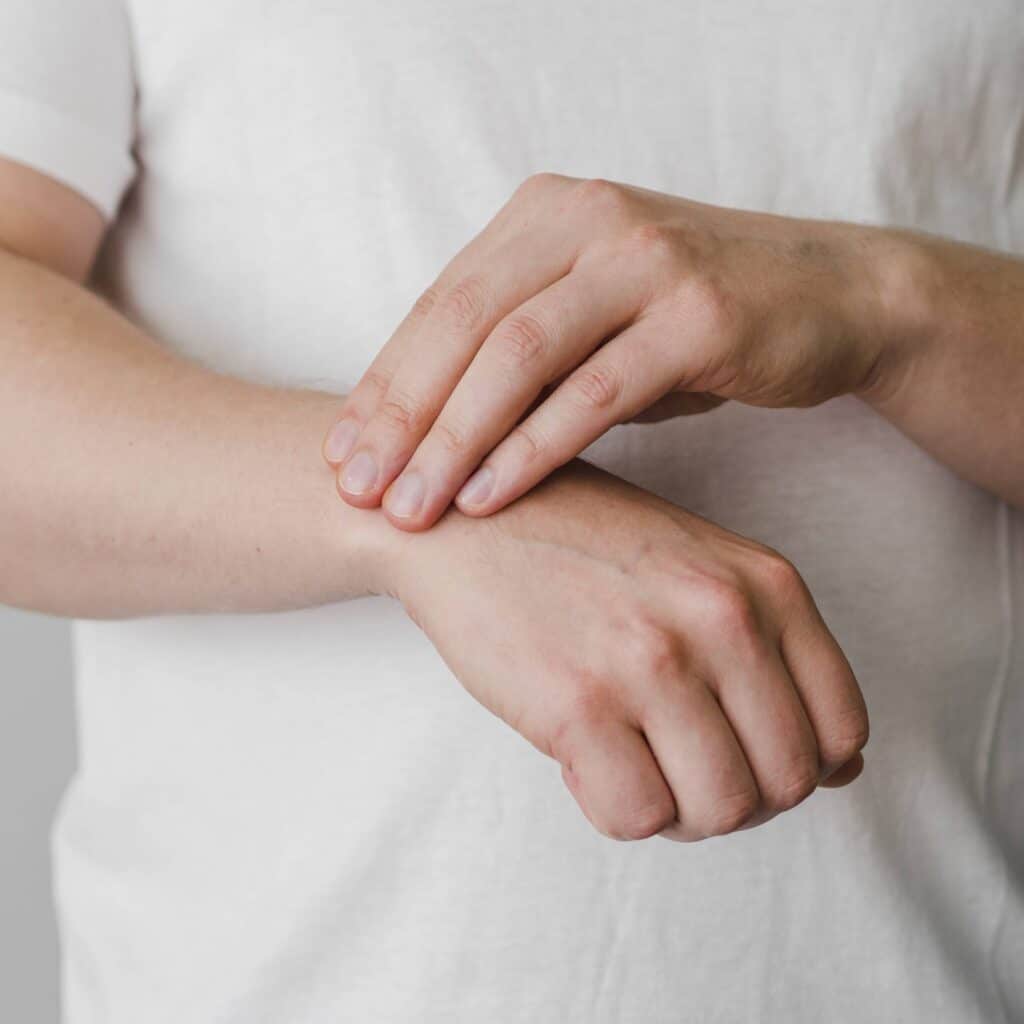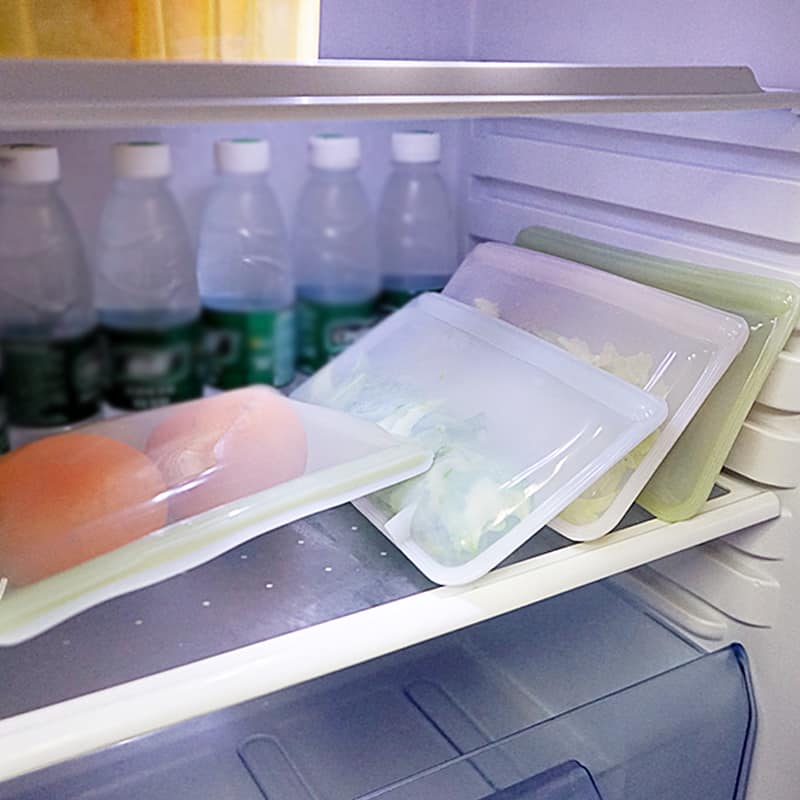A Guide to Silicone Allergies: Understanding, Prevention, and Selection
Silicone is widely used in the fields of medical, maternal and child care, kitchenware, electronics, cosmetics, skin care, outdoor sports, etc. due to its high temperature resistance, chemical inertness and skin affinity. However, despite being considered a hypoallergenic material, some people still experience skin irritation or systemic reactions, which has aroused concern about “silicone allergy”. This article will provide a comprehensive analysis from a scientific perspective to help you correctly understand, select materials and respond, and use silicone products with peace of mind.
What is silicone allergy?
Silicone allergy is an abnormal immune response after contact with silicone products, mainly manifested as skin redness, itching, itchy rash, blisters; rare systemic symptoms such as joint pain, fatigue, etc. Although silicone itself is relatively inert and has a low sensitization rate, some people may be allergic to the additives or impurities in it. If an allergy occurs, the relevant product should be discontinued immediately, and topical or oral medications should be selected to relieve it according to the severity of the symptoms.
Skin symptoms
The most common reaction after contact with silicone is skin abnormalities, including itching, redness, rash, blisters and even swelling. Such symptoms often occur in direct contact areas, such as hands, face or neck.
Respiratory system symptoms
Some people may experience coughing, sneezing, nasal congestion, shortness of breath after inhaling silicone dust or volatile components, and even induce asthma attacks in severe cases.
Digestive system symptoms
If silicone-containing products (such as food packaging) are ingested through the mouth, gastrointestinal reactions such as nausea, vomiting and diarrhea may occur.
Systemic symptoms
In more severe allergic reactions, systemic manifestations such as headache, fatigue, fever and palpitations may occur, indicating that the body is in a relatively strong immune stress state.

Why do allergies occur?
The main cause of silicone allergy is due to the abnormal reaction of the individual immune system to certain components in the silicone material (such as residual chemicals, additives or impurities). This type of allergy may be related to the purity of the material, the production process or human sensitivity, and is manifested as redness, itching or rash at the contact site.
Residual chemicals
A small amount of incompletely reacted chemical monomers (such as siloxane oligomers) or catalysts may remain during the silicone production process. If these substances are not completely removed, they may irritate the skin or trigger an immune response.
Additives or impurities
Some silicone products are added with colorants, plasticizers or antibacterial ingredients to improve performance, and these additives may be allergens. In addition, inferior silicone may be mixed with other chemicals (such as phthalates), further increasing the risk of allergies.
Individual immune differences
A small number of people have an innate sensitivity to silicone ingredients (especially those containing siloxane structures). After contact, the immune system misjudges it as a “threat” and releases inflammatory factors such as histamine, leading to allergic symptoms.
Long-term or improper contact
Wearing silicone products (such as watch straps, medical implants) for a long time may cause damage to the skin barrier, or sweat and friction may intensify the release of chemicals, thus inducing allergies.
However, silicone is a largely inert material that rarely releases toxins; food/medical grade silicone has been rigorously tested and is safe for the public to use.
Who care silicone allergies?
When should you pay attention to silicone allergies?
- Long-term use in contact with the skin, such as wrist guards, patches, pacifiers, etc.
- Long-term implantable medical products.
Where should you pay attention to silicone allergies?
Allergy risk
- Medical area: Medical silicone products (such as catheters and prostheses) may cause allergic reactions, and medical implants such as breast prostheses and shunt catheters.
- Life area: Daily necessities such as silicone elastic stockings and beauty tools may also cause skin irritation if they contain allergenic ingredients such as silicone. Maternal and child products (Pacifiers, Chewing gum.)
- Industrial area: If silicone processing personnel do not take good protection, they may inhale allergenic substances through the skin or respiratory tract.
Long-term use of wearable silicone products that can fit the skin (wristbands, earphone plugs) may cause allergies.
How to identify and detect silicone allergy?

How to deal with silicone allergy?
Silicone pad allergy may be related to material component irritation or skin allergy. The treatment principles include immediate discontinuation of use, skin cleaning, symptom relief, and drug intervention. Daily prevention of recurrence should be carried out by selecting hypoallergenic materials and taking good care of the skin.
Preliminary treatment of allergic symptoms
1. Stop using silicone pads
After discovering skin redness, itching or rash, remove the contact source as soon as possible to avoid repeated irritation.
2. Thoroughly clean the skin
Wash the contact area with mild water or hypoallergenic soap, wipe gently and dry. If the area is hot, apply a cold towel for 5-10 minutes to relieve the burning sensation.
3. Avoid scratching or rubbing
Scratching may aggravate inflammation and even cause infection. If the itching is unbearable, divert attention by patting the skin or applying moisturizer.
How to choose hypoallergenic silicone?
How to reduce the risk of allergies?
The core methods to avoid silicone allergies include: choosing low-sensitivity materials, checking product ingredients, keeping clean and dry, and observing body reactions. Silicone itself has a low sensitization rate, but additives or impurities may cause allergies, and scientific protection is needed to reduce risks.
Implement standardized product manufacturing, strictly control temperature and ingredients, use platinum silicone formula with low peroxide residues, clean with water and high-temperature disinfection, wash away surface residues, and for highly sensitive individuals, do patch tests or demolding samples.
How to care the silicone allergies?
Common allergic symptoms: Skin redness, swelling, itching, and rash (such as eczema-like manifestations) may occur after contact with silicone. In severe cases, blisters, exudation, or burning sensations may occur. If the allergen is inhaled or contacts the mucous membrane, it may cause respiratory discomfort or eye irritation.
Immediately break contact: After discovering allergies, remove silicone products (such as latex underwear pads, silicone kitchen utensils, prosthetic fillers, etc.) as soon as possible to avoid repeated rubbing or scratching of the affected area.
If you suspect you are allergic to silicone, it is recommended that you seek medical attention as soon as possible for a skin prick test or blood IgE test to confirm the diagnosis and avoid contact with suspicious items again. In daily life, you can give priority to regular silicone products marked “medical grade” or “food grade” to reduce the frequency of using industrial-grade silicone. Maintaining good living habits and enhancing immunity can also help reduce the risk of allergies.
More FAQs
Summary
Although silicone is widely considered to be hypoallergenic, a few people still have hypersensitivity reactions to it or its additives, especially when used for a long time on the skin or implanted. Solutions include choosing medical-grade and food-grade platinum silicone, active patch testing, proper cleaning, and attention to safety certification and thoughtful packaging.
If you suspect that you are allergic to silicone, it is recommended to see a doctor as soon as possible for a skin prick test or blood IgE test to confirm the diagnosis and avoid contact with suspicious items again. In daily life, you can give priority to regular silicone products marked “medical grade” or “food grade” to reduce the frequency of use of industrial-grade silicone. Maintaining good living habits and enhancing immunity can also help reduce the risk of allergies.
Z.S.R International Group(HONG KONG)CO., LIMITED,is a one-stop Custom molded silicone products manufacturer and silicone molding solution provider in the silicone products field founded in 2007.The silicone products what we made suitable for various industries, including consumer, industrial, medical. Recognized for delivering innovative custom-molded silicone products, manufacturing expertise, and technical solutions to them.
Contact Z.S.R to create your own business line of silicone products.
Further Reading
Technical Related
About Author: Z.S.R International Group
Z.S.R International Group(Hong Kong) co., Limited, is a one-stop supplier for molded silicone products and silicone products molding solution provider in the consumer products field. We offer OEM services from silicone product design to Silicone products contract manufacturing. We have the capability for custom silicone tooling, LSR(Liquid silicone Rubber) molded silicone products, solid silicone molded products, molded silicone multi-colored products. We also can custom molded silicone, custom molded LSR, custom molded dripping injection dispensing(co-injection) silicone multi-colored products.








